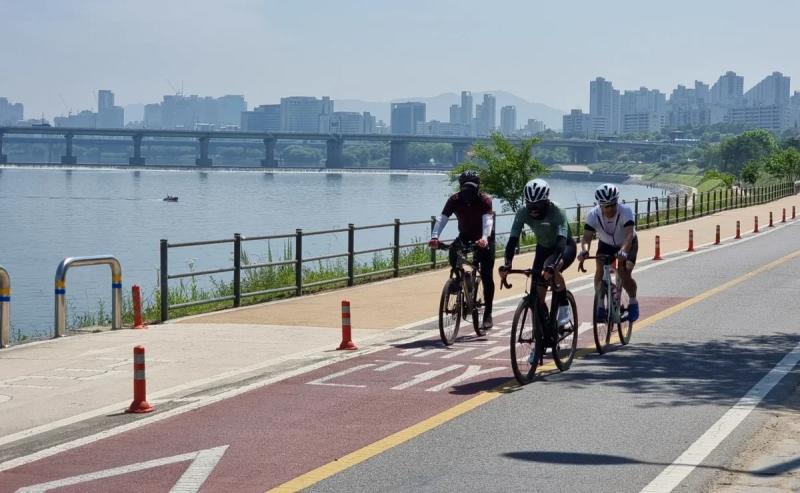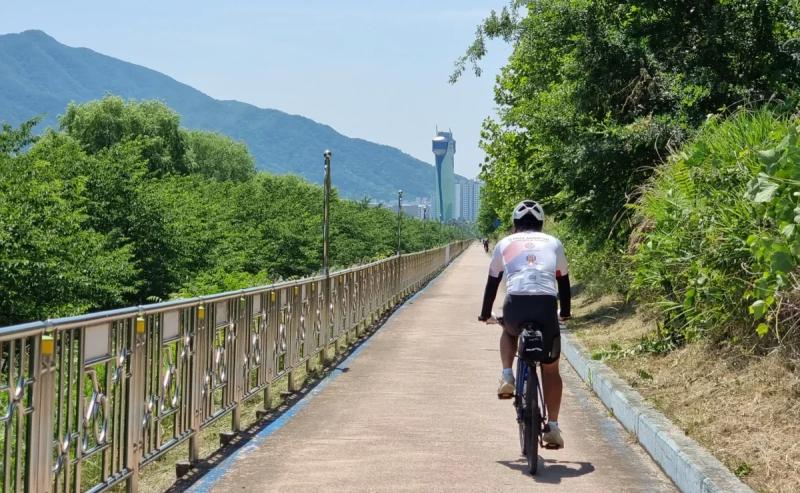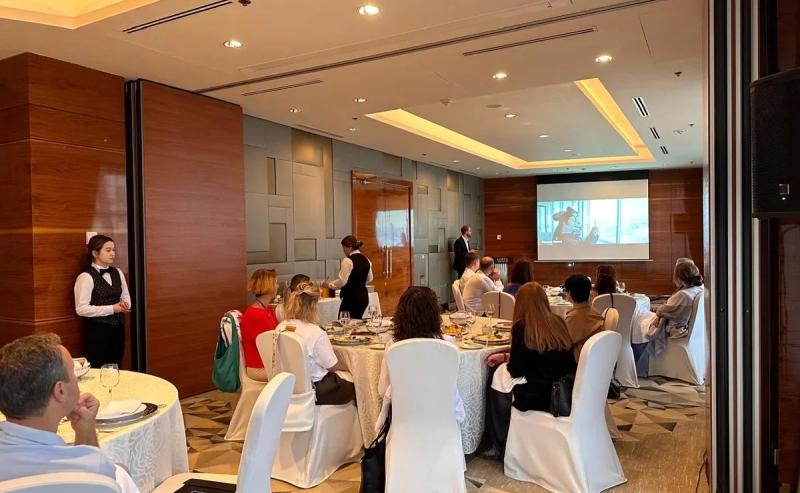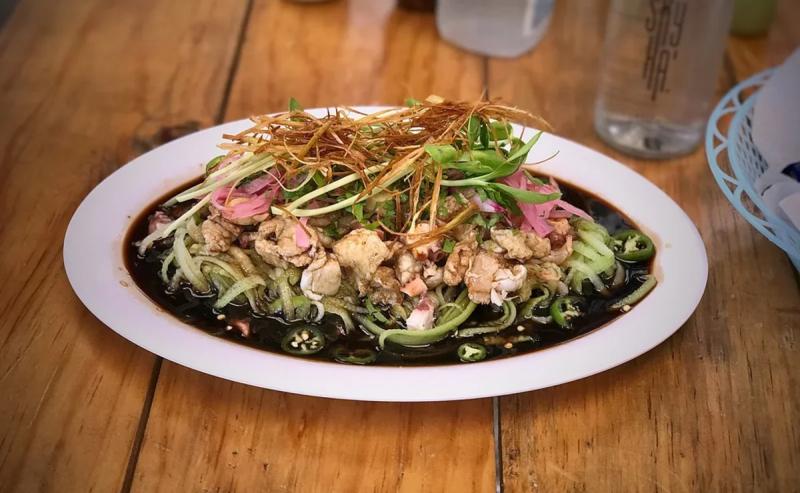
“National Tourism Organization of Korea” (Moscow representative office), LjN8K169G

“National Tourism Organization of Korea” (Moscow representative office), LjN8K169G

“National Tourism Organization of Korea” (Moscow representative office), LjN8K169G Previous Next



Previous Next
According to the World Tourism Organization (UN Tourism), spending on sports tourism as a type of tourism worldwide will increase by 17.5% between 2023 and 2030. South Korea is already actively attracting tourists who love sports activities: there are hundreds of kilometers of bike paths, trekking routes and ski slopes in the country.
On June 27, Moscow hosted a business breakfast dedicated to the topic of sports tourism in South Korea. The event was attended by Danila Drozdov, b2b Marketing Manager of the Moscow representative Office of the National Tourism Organization of Korea (NOTK) , a representative of the Jet Travel tour operator Tatyana Kleimenova, as well as the editor-in-chief of the Russian Traveller magazine Ivan Vasin, who told about his bike trip around the country.
According to UN Tourism, sports tourism accounts for a tenth of all travelers’ expenses worldwide. Starting last year and in the next 6 years, spending in this segment will increase by 17.5%, experts say.
CYCLING IN SOUTH KOREA
Active investments in infrastructure for sports tourists in South Korea have borne fruit. Today, hundreds of kilometers of bike paths have been laid in the country, which are equipped with recreation areas, maintenance areas, shops, cafes and public toilets, and even special hotels.
In Korea, there are entire bicycle “roads” in several rows with ramps, overpasses, viaducts, bridges and tunnels for cyclists only. Special road signs and information stands are installed on the routes.
For example, the Seoul – Busan route with a length of more than 600 km passes through Yoju, Andong, Pohang and Gyeongju.
“I liked two things on the route. The first is that you are your own director: you can stop, take pictures, adjust your route. You can partially drive uphill by an escort car. You can vary the speed on the road: turn on or off the amplifier on electric bicycles. And the second most important thing is that you are the hero of your own adventure, and you literally feel the sun and the wind on your skin: you are not sitting in a car or on an airplane and you are not looking through a window or porthole, and you are not floating in big colored spots. You are inside, in the very context, you really feel the country through yourself, through your senses,” Ivan Vasin, who personally traveled the route from the capital to Busan, shared his impressions.
The length of another cycling tour around Jeju Island is 245 km. Jet Travel offers both tours to its tourists.
A 638 km route stretches from the country’s second most populous city of Busan to the border with North Korea along the east coast.
The capital also has a 7-kilometer Namsan Route for 30 minutes, a gentle hour-long Bugak Skyway for 13 km and a thorough Hangang Bicycle Path along the Hangan River for 107 km.
TRACKING IN SOUTH KOREA
Korea boasts 23 national parks that are good to visit at any time of the year. 4 of them are located on the seashore, and 1 differs from the others in its historical and cultural value.
The easiest way to get to the Bukhansan National Park located in Seoul.
You can learn about the history of Korea and see the ancient capital of the state of Silla in Gyeongju National Park, in the park Jirisan you can meet Himalayan bears, whose population has been recovering since the 2000s thanks to local zoologists.
WINTER SPORTS IN SOUTH KOREA
The average temperature in South Korean ski resorts from December to February is -0.6 Celsius. With heavy snowfall, up to 49 cm of snow falls in the mountainous areas of the Korean Peninsula. Add convenient infrastructure here and you will get world-class high-class resorts.
For example, the resort Alpencia was the main venue for the 2018 Winter Olympics. The complex has 6 ski trails (2 for beginner skiers/snowboarders, 3 for intermediate skiers and 1 for advanced users) and 3 lifts. The resort is also equipped with a diving board.
The resort Yong Pyong Resort with 28 trails of varying difficulty and 14 lifts also successfully hosted the World Ski Championships, the stages of the Alpine Skiing World Cup, the Asian Winter Games, as well as the 2018 Winter Olympics on its territory of the year.
One of the leading ski resorts in the country is the High1 Resort with 18 trails of varying difficulty and 7 lifts. We wrote more about all the resorts in South Korea here.
The journey to most ski resorts takes an average of 3 hours from Seoul Incheon Airport.
Anna Popova
Photo: NOTK

